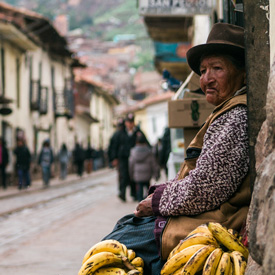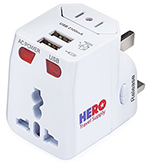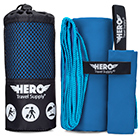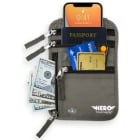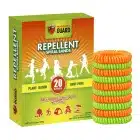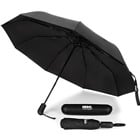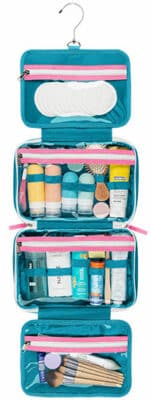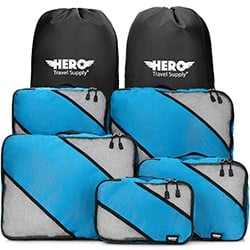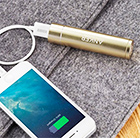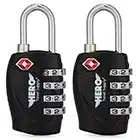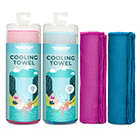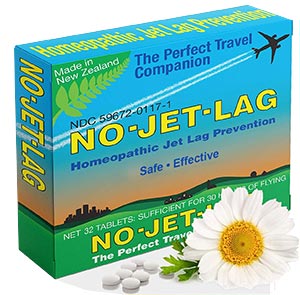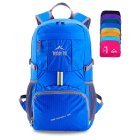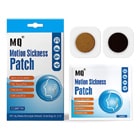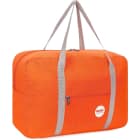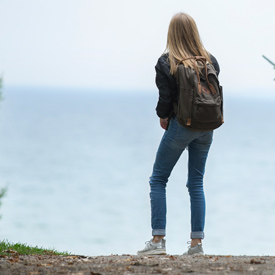Peru is one of our favorite anomalies, filled with contradictions like tropical beaches along snow-capped mountains, Amazonian rainforests near bone-dry deserts, and a 10,000-year-old ancient history living in harmony with modern, bustling cities.
As home to one of the seven world wonders, Peru is simply one of the most inspiring places on Earth. But it’s also difficult to get around, wild, and a bit mysterious.
Since this destination has so many climates and terrains, we’ve put together a guide on what to pack for Peru, what not to bring, what to wear in Peru, and FAQs to help you plan. Vamonos!




